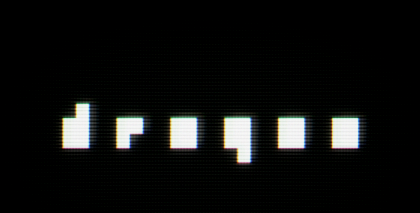5. jack: a common feeling as platonic ideal or something we are capable of feeling?
as i've let go of semantics arguments so too have i let go of ontological ones. what really is the difference between a platonic ideal which we behave as though it is true, and the actual truth? i don't think i care, actually. there is a difference but unless the difference presents a problem i will ignore it. new tenet: "no more ontological hand-wringing"
as i've let go of semantics arguments so too have i let go of ontological ones. what really is the difference between a platonic ideal which we behave as though it is true, and the actual truth? i don't think i care, actually. there is a difference but unless the difference presents a problem i will ignore it. new tenet: "no more ontological hand-wringing"
